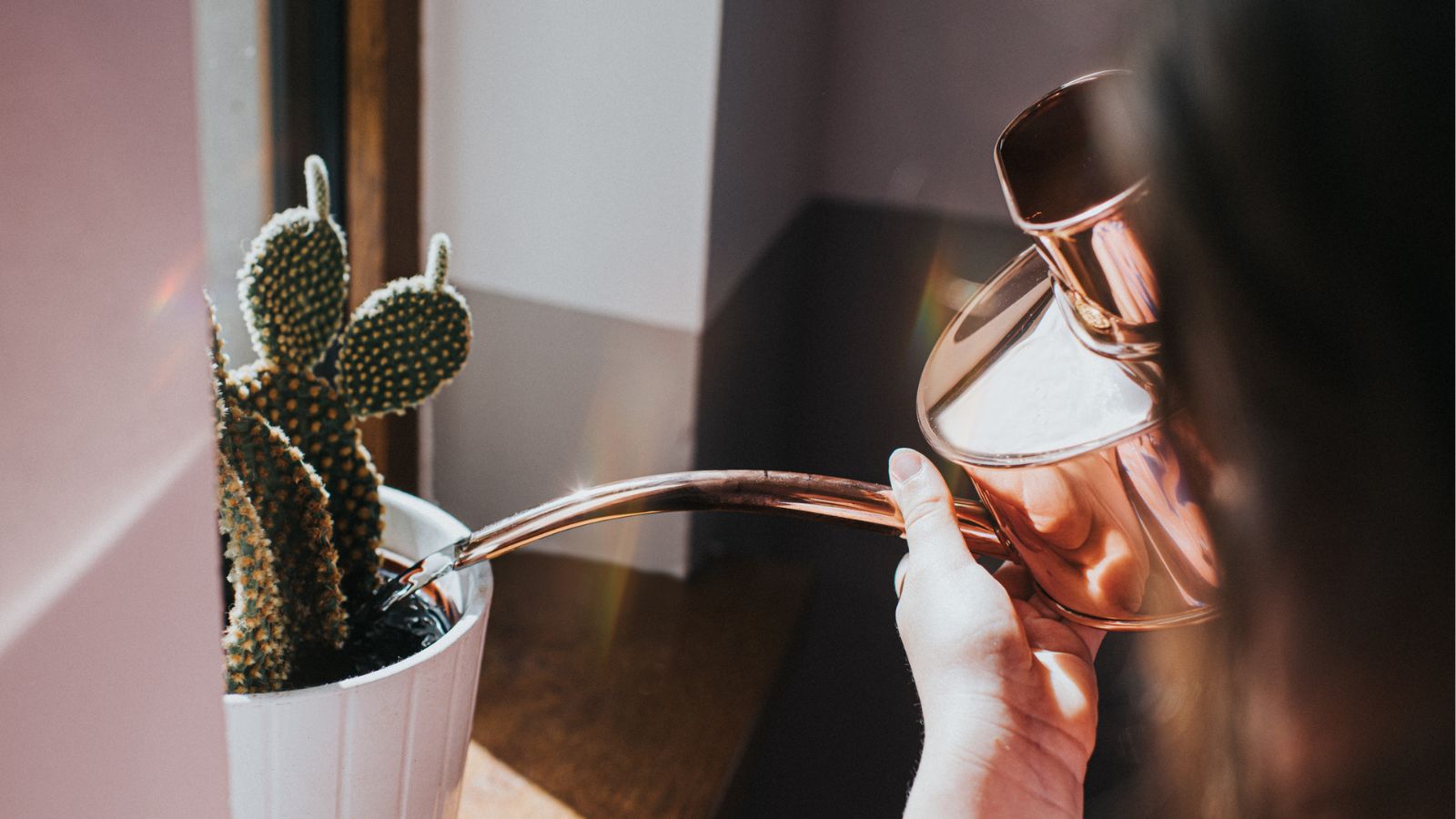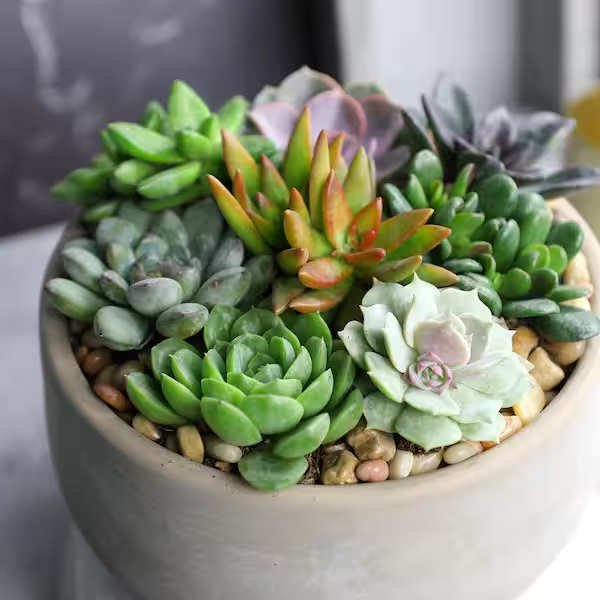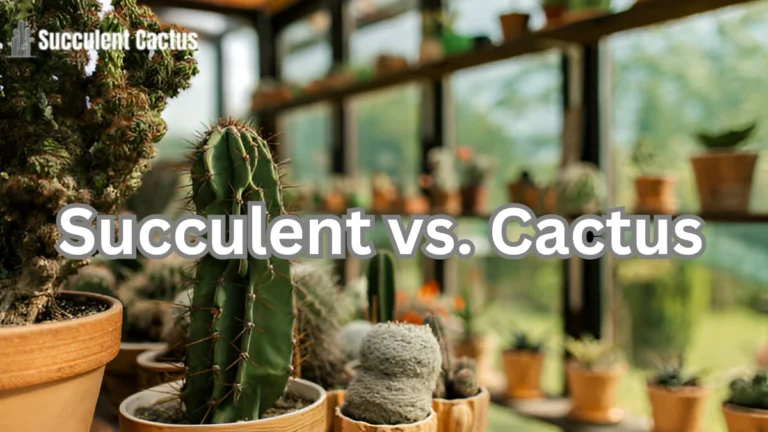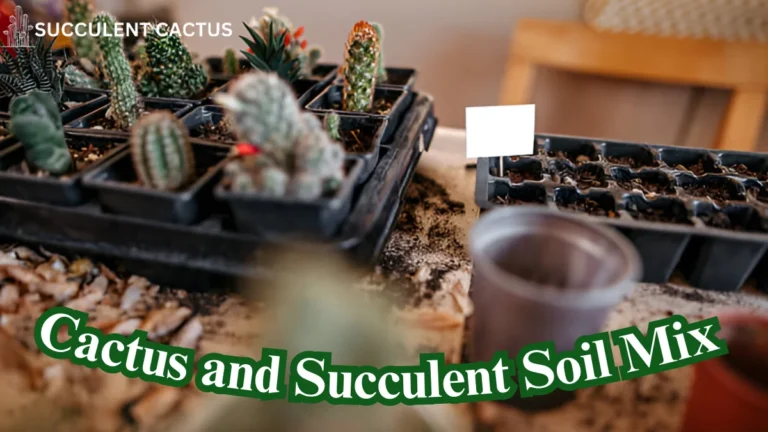How Often Should I Water a Cactus? A Step-by-Step Watering Guide

How Often Should I Water a Cactus Watering is one of the most crucial aspects of learning How to Care for a Cactus Plant. Overwatering is a common mistake, and understanding your cactus’s unique needs can ensure its health and longevity. This detailed guide explores the correct watering practices to maintain thriving cactus plants, whether indoors or outdoors.
Understanding Cactus Water Needs
Cactus plants are native to arid regions and have evolved to store water in their stems. This adaptation allows them to survive in dry conditions, but it doesn’t mean they don’t need water at all. Proper hydration is essential for their growth and flowering.
Factors Affecting Watering Frequency
- Cactus Type
Different species have varying water requirements. For instance, desert cacti need less frequent watering than tropical varieties like Christmas cactus. - Season
- Spring and Summer: Active growing seasons when cacti need more water.
- Fall and Winter: Dormant phase with minimal watering required.
- Location
- Indoors: Watering depends on indoor temperature and humidity.
- Outdoors: Climate and rainfall play a significant role.
- Pot and Soil Type
- Well-draining cactus mix and pots with drainage holes help prevent overwatering.
Step-by-Step Guide: How to Water a Cactus Plant
1. Check the Soil Moisture
- Insert a finger or moisture meter into the soil to check dryness.
- Water only when the top 2-3 inches are completely dry.
2. Use the Right Amount of Water
- Water deeply until excess drains from the bottom.
- Avoid leaving water sitting in the saucer.
3. Choose the Right Time to Water
- Early morning or late evening is best for outdoor cacti.
- For indoor cacti, avoid watering during humid conditions.
4. Adjust According to Season
- Spring/Summer: Water every 7-10 days, depending on soil dryness.
- Fall/Winter: Water every 4-6 weeks, or less for dormant species.
5. Avoid Common Mistakes
- Overwatering: Leads to root rot and fungal issues.
- Underwatering: Causes shriveled stems and slow growth.
Signs Your Cactus Needs Water
- Shriveled Appearance: The plant looks wrinkled or deflated.
- Dull Color: A lack of vibrancy in the green stems.
- Lightweight Pot: The soil feels light and dusty.
Signs of Overwatering
- Yellowing Stems: Indicates waterlogged roots.
- Soft or Mushy Texture: A sign of rot starting.
- Foul Odor: From decaying roots.
How to Care for a Cactus Plant: Additional Watering Tips
1. Use Proper Tools
- A watering can with a narrow spout provides better control.
- Avoid sprinklers for outdoor cacti to prevent wetting the stems.
2. Consider Humidity Levels
- In humid climates, reduce watering frequency.
- Use a dehumidifier for indoor spaces if needed.
3. Fertilizer and Watering Balance
- During active growth, mix a low-nitrogen fertilizer with water once a month.
Special Watering Techniques for Different Cactus Types
Desert Cacti
- Water sparingly but deeply.
- Ensure soil dries out completely between waterings.
Tropical Cacti
- Keep the soil slightly moist but not soggy.
- Water more frequently than desert varieties.
Seasonal Watering Calendar
| Season | Frequency | Tips |
|---|---|---|
| Spring | Every 7-10 days | Increase watering gradually. |
| Summer | Every 7 days (or more) | Ensure good drainage. |
| Fall | Every 2-3 weeks | Reduce watering as growth slows. |
| Winter | Once every 4-6 weeks | Keep in a cool, dry environment. |
FAQs About How to Care for a Cactus Plant
1. Can I use tap water for cacti?
Yes, but let it sit for 24 hours to allow chlorine to dissipate.
2. What happens if I overwater my cactus?
Overwatering can lead to root rot, which may kill the plant.
3. How can I revive an overwatered cactus?
- Remove it from the soil.
- Trim off rotten roots.
- Repot in fresh, dry cactus soil.
Conclusion
Mastering How to Care for a Cactus Plant, especially understanding its watering needs, is essential for maintaining a healthy and vibrant plant. By following this step-by-step guide, you can avoid common mistakes, ensure proper hydration, and enjoy the beauty of your cactus for years to come.






